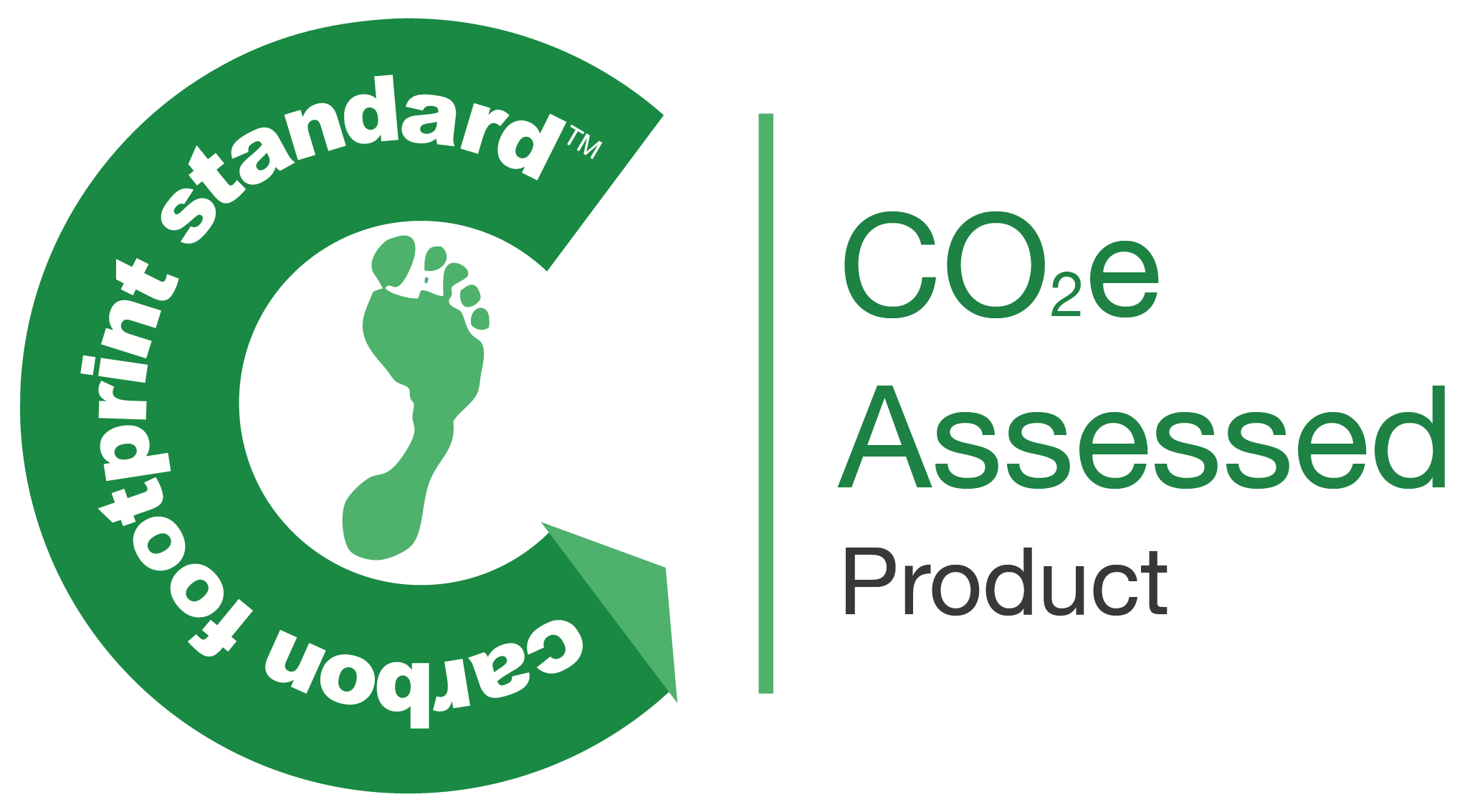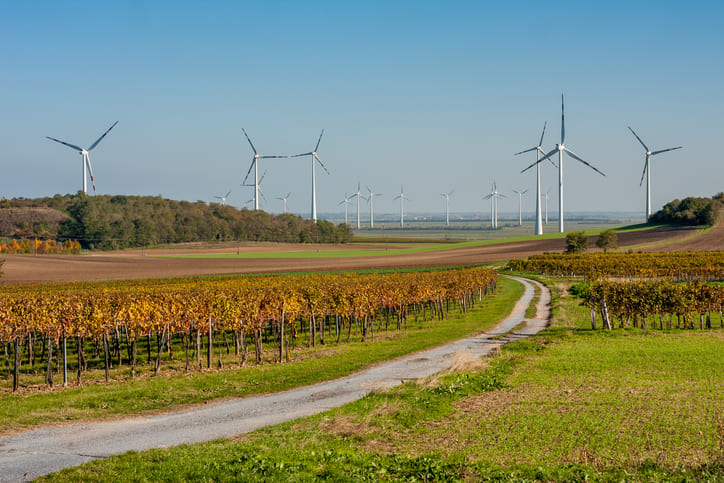Bulk liquid transportation: best practices for success
Bulk liquid transportation is a crucial part of the global supply chain.
That’s why more companies are turning to flexitanks, an innovative solution that offers many advantages over traditional bottle shipping. Using a flexitank instead of bottles allows you to ship twice the amount of wine in a single container.
This not only leads to significant savings in terms of CO2e emissions but also reduces costs. In this article, we explore what you need to know about bulk liquid transportation and why using flexitanks could be the greener solution for your business.
What is bulk liquid transportation?
Bulk liquid transportation is the process of shipping large quantities of liquids in containers using flexitanks or ISO tanks.
It’s commonly used to transport a variety of different liquids, including:
- Beverages
- Chemicals
- Oil and petroleum
Bulk liquid transportation can be done via road, rail or sea freight, depending on the specific needs of each shipment.
What does bulk wine mean in transportation?
Bulk wine is the term used to describe large quantities of wine transported in flexitanks or ISO tanks instead of bottles.
This method of transportation is often cheaper and more efficient than sending individual bottles, as it allows wineries to ship larger volumes in fewer shipments. The process involves filling up large tanks with wine and transporting them either overland or by sea.
Once the wine arrives at its destination, it’s bottled and labeled accordingly.
How do you transport liquid cargo?
There are several options for transporting liquid cargo.
They include:
- Barrels and drums
- Intermediate bulk containers (IBC)
- International Organization for Standardization (ISO) tank containers
- Flexitanks
Flexitanks are the most popular bulk liquid transportation method as they offer the flexibility of transporting large volumes of liquid cargo efficiently and economically.
Bulk liquid transportation: How Hillebrand Gori’s flexitank solution supports sustainability
Hillebrand Gori has partnered with Carbon Footprint to present a carbon life cycle assessment of its 24,000-liter flexitank, which concludes that they are an environmentally friendly bulk liquid transportation option when properly recycled.

The assessment focuses on the effect of emissions of the complete cycle of a flexitank, from the embodied raw material emissions to its disposal and recovery, taking into account eight different route scenarios, showing the average emissions in the final calculation.
Four types of Hillebrand Gori’s 24,000-liter flexitanks were used in the report and compared against an ISO Tank, using the same weight of the product and considering the same pickup and drop-off locations, and taking into account that an ISO tank has a useful life of 82.5 trips. When averaging every route scenario and completing the same delivery, Hillebrand Gori’s flexitanks were responsible for causing around 6,061 kg CO2 emissions, whereas ISO Tanks caused around 6,702 kg CO2 emissions, showing that Hillebrand’s flexitanks have a lower impact on the environment in terms of CO2 emissions.
The data was determined using the weighted average basis.
The research concludes that the main differences in the emissions’ variations between both types of bulk liquid transportation are primarily due to product distribution.
The difference is explained by the fact that an ISO Tank is heavier than the combined weight of Hillebrand Gori’s flexitank and an ISO 20ft Dry Container, the container in which it is carried. Additionally, “ISO Tanks are often required to be transported from a greater distance to the depot for loading and returned after unloading”, justifies Carbon Footprint in the report, whereas “ISO 20ft Dry Box Containers are not”.
Hillebrand Gori is fully committed to recycling its flexitanks, last year 52% of them were recycled mainly mechanically, which generated only 6,75 kg C02 emissions, less than the 7,27 kg CO2 associated with the cleaning of an ISO tank, which requires 2,500 liters of water and 2,5 kg of detergent per cleaning. Hillebrand Gori mechanically recycled 70% of all flexitanks globally in 2022 and recovered 77% of bulkheads.
Today 95% of the Hillebrand Gori wine flexitanks arriving in the UK or Australia are already mechanically recycled and reused. To strengthen Hillebrand Gori’s position and offerings, partnerships will be strategically formed with major waste management companies to provide local, regional and global recovery and recycling solutions for the flexitanks.
This, combined with Hillebrand Gori’s involvement in key Polyolefin recycling platforms and new recycling technologies, further evidences its commitment to offer a long-term sustainable transport solution for bulk liquids.
Contact us now and let us get started on making your bulk liquid transportation process easier, faster, and more sustainable!
A liquid bulk carrier is a vessel designed for efficiently transporting large volumes of liquid.
They’re typically constructed with insulated tanks that protect cargo from external temperature changes and allows for easy loading and unloading.
Common bulk liquid transportation vessels used include:
- Chemical tankers
- Oil and petroleum tankers
- Product tankers
Flexitanks offer numerous advantages over traditional tankers, which include:
- Significant cost savings due to reduced shipping and handling costs
- Low environmental impact, as they are made from biodegradeable and recyclable materials
- Hillebrand Gori's flexitanks offer a protective barrier, effectively safeguarding against oxidation and taint compounds.
Flexitanks are suitable for transporting a wide range of non-hazardous liquids, including:
- Wine, beer and spirits
- Adhesives, biodiesal, emulsions, oil, water-based paints
- Food-grade oils
- Non-hazardous chemicals
How can we help your business grow?





